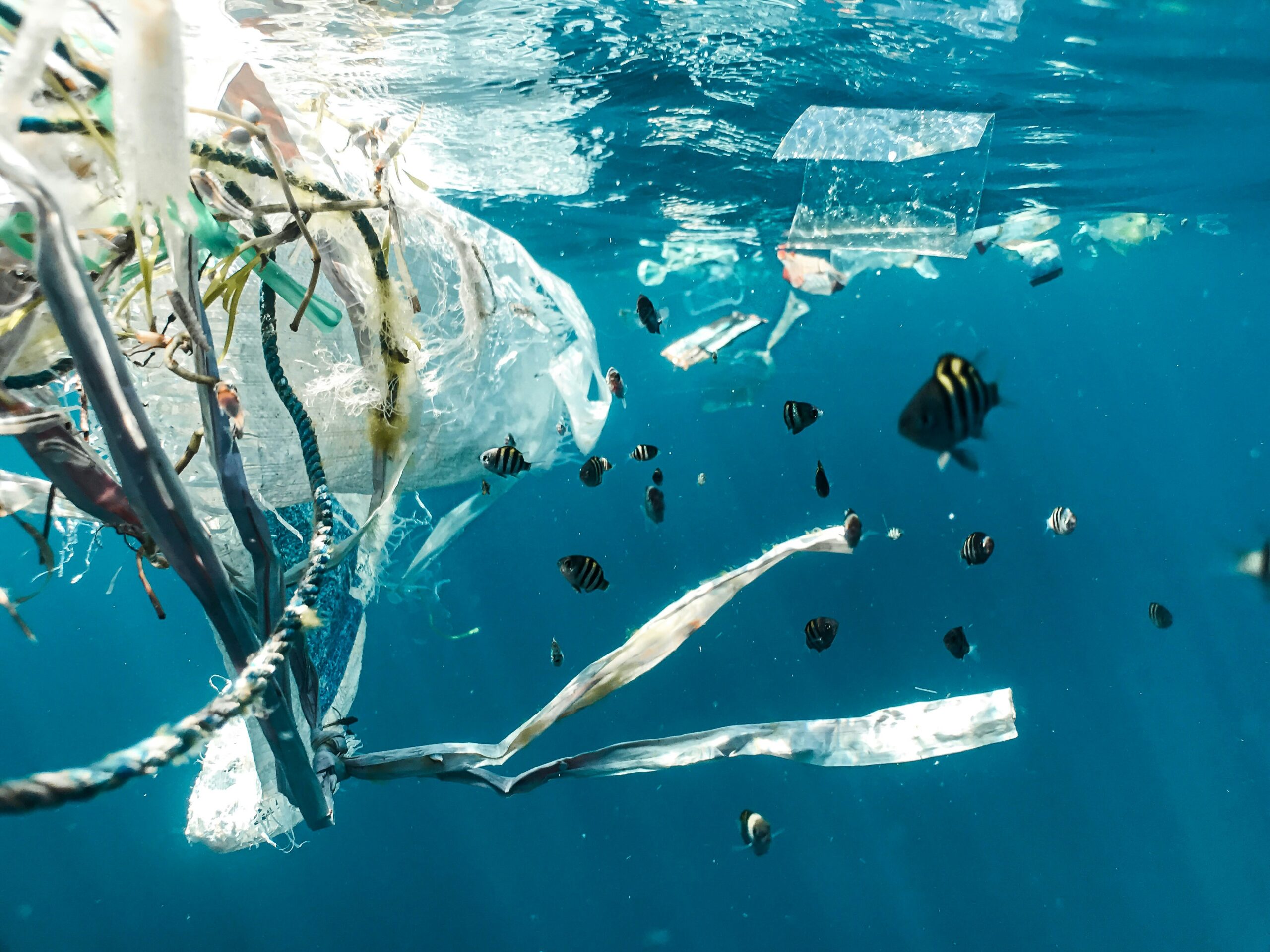Earth’s Climate Fluctuation Could Increase La Niña Events

Pixabay
Southern Oscillation (ENSO) stands out as the Earth’s most consequential interannual climate fluctuation. Oscillating between the warm El Niño and cold La Niña events irregularly brings about shifts in ocean surface temperature and disrupts wind and rainfall patterns across the tropics.
Unlike the relatively short-lived El Niño, La Niña typically follows an El Niño event and can persist for two or more consecutive years, known as a multiyear La Niña event.
These prolonged occurrences exert aggregate impacts, leading to more wildfires, flooding, and new patterns of hurricanes, cyclones, and monsoons.
La Niña Events
In a recent study published in Nature on July 26, researchers from China, Australia, and the U.S., revealed that multiyear La Niña events could become more frequent under global warming conditions.
Using climate models collected by the Coupled Model Intercomparison Project Phase 6 (CMIP6), the researchers reported a significant rise in the projected frequency of multiyear La Niña events over a century, from 19 ± 11% in a low greenhouse gas emission scenario to 33 ± 13% in a high emission scenario.
The study also uncovered the mechanisms driving this increase.
Under current climate conditions, a strong El Niño in the boreal winter induces a negative North Pacific Meridional Mode (NPMM)-like response in the subtropical North Pacific, leading to a La Niña in the following winter with extensive sea surface temperature (SST) anomalies and easterly wind anomalies.
Under global warming, El Niño becomes more efficient in triggering multiyear La Niña due to a more efficient tropical-subtropical interaction, driven by a Pacific mean-state warming pattern.
Faster Warming
This warming pattern causes faster warming in the subtropical northeastern Pacific, which leads to a more sensitive NPMM-like response to El Niño’s convective anomalies, extending farther north.
The anomalies are further intensified by faster warming in the equatorial eastern Pacific. The extended easterlies result in a slower heat recharge of the equatorial Pacific, creating colder upper-ocean conditions, making it easier for the cold SST anomalies to persist through the decay of the first-year La Niña. Consequently, more frequent multiyear La Niña events could occur.
The study’s findings suggest that weather extremes, similar to those experienced during the 2020–2022 La Niña, are likely to happen more frequently in the near future.
The researchers emphasized the need to reduce greenhouse gas emissions to mitigate the impacts of the increasing occurrences of multiyear La Niña events.









